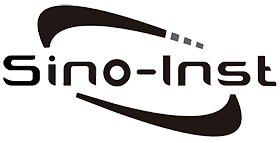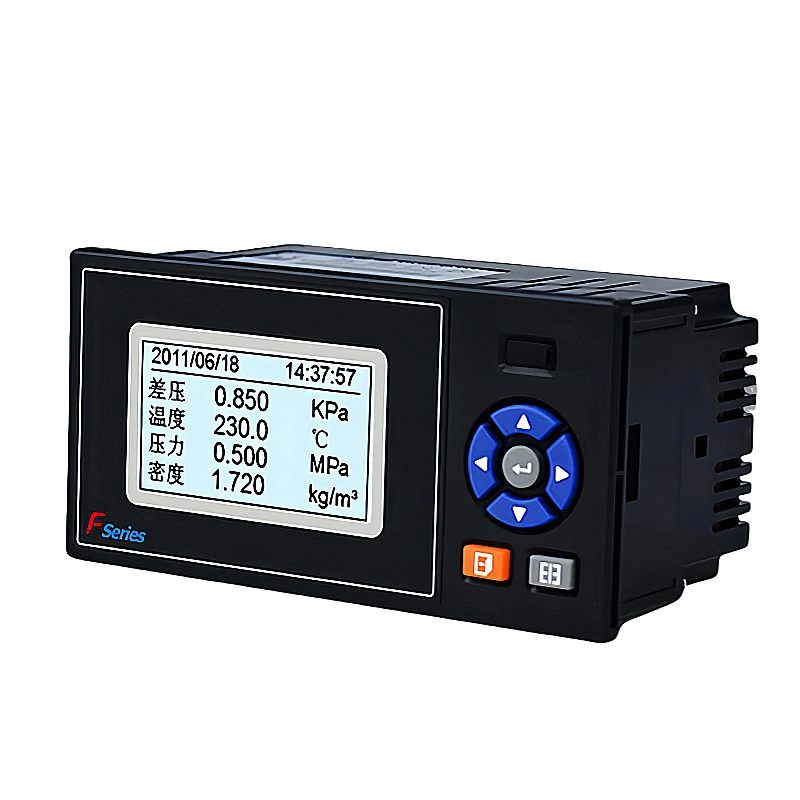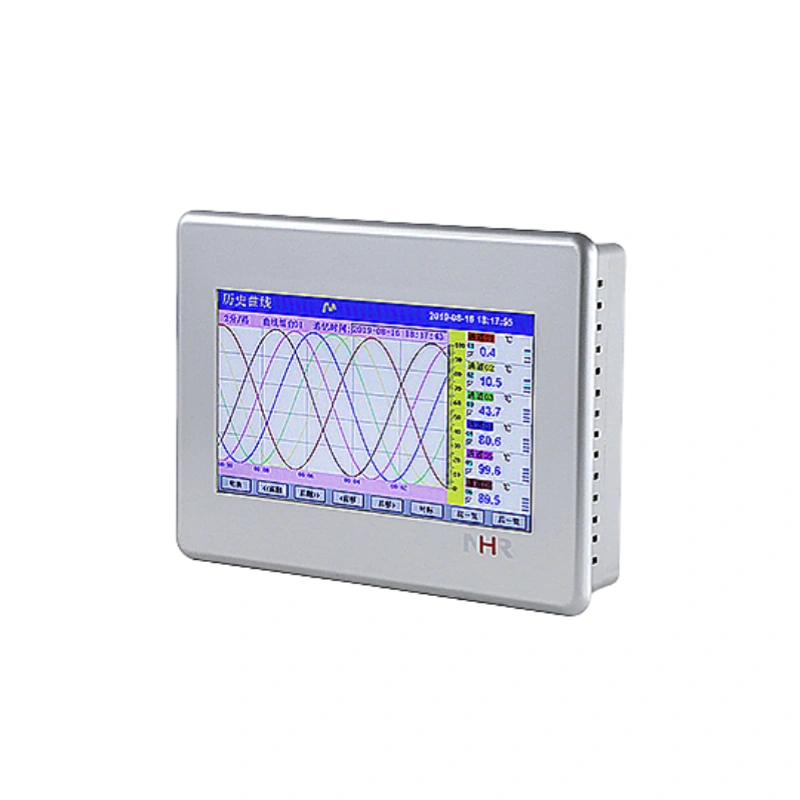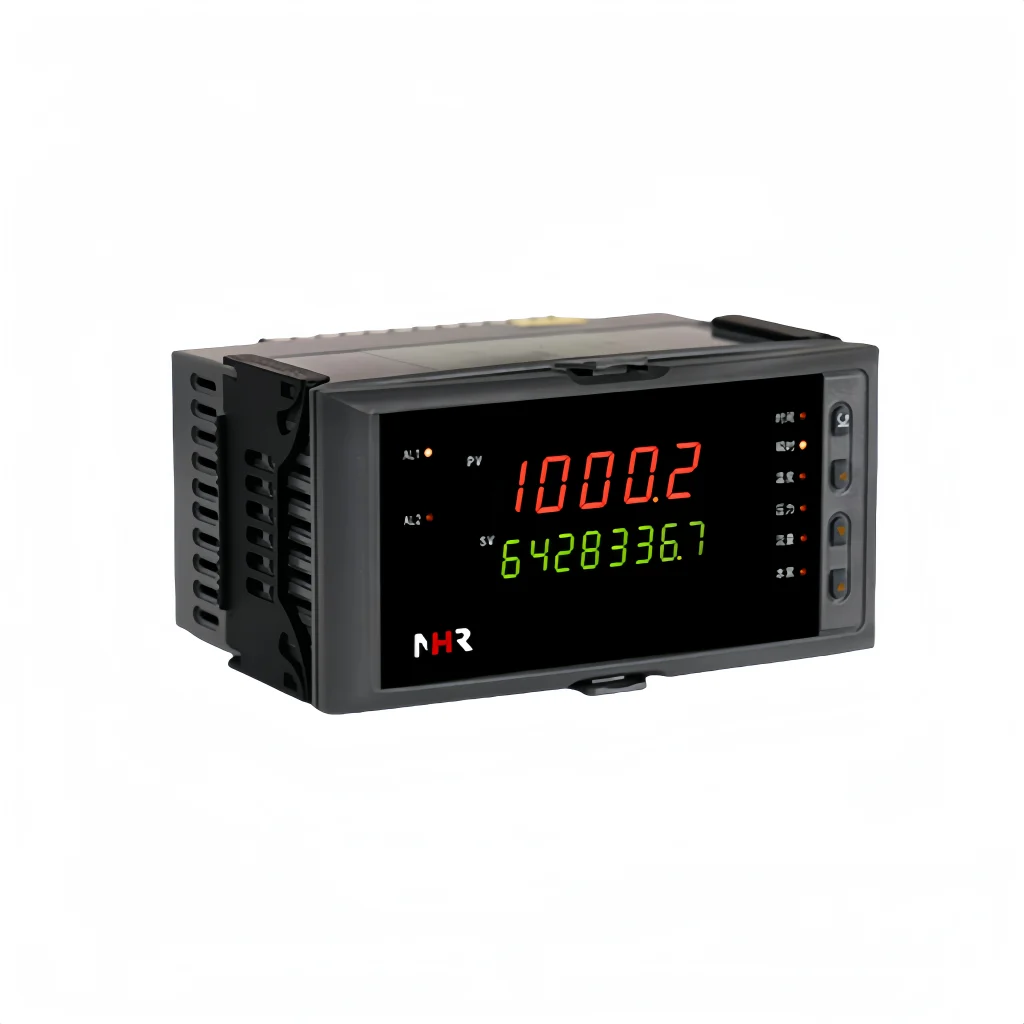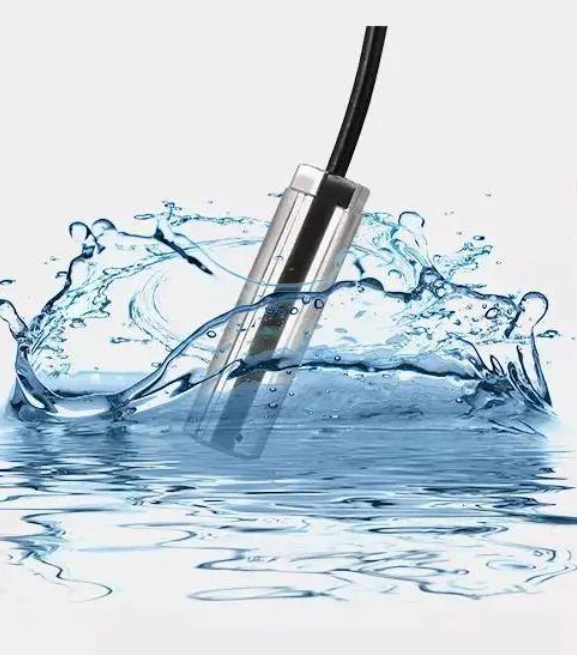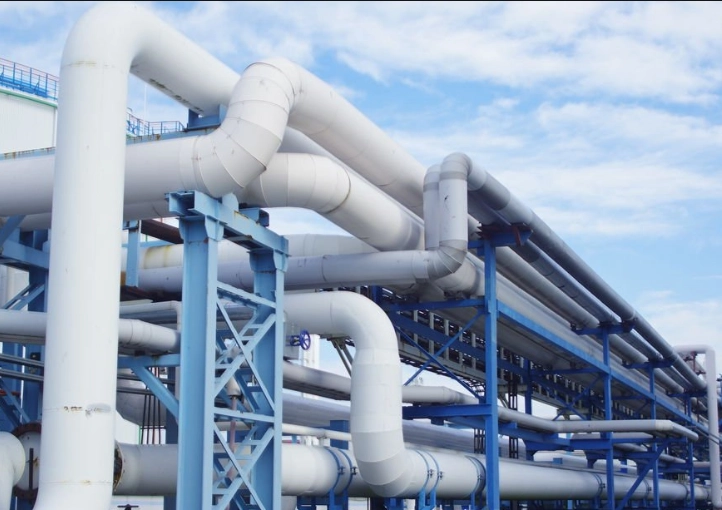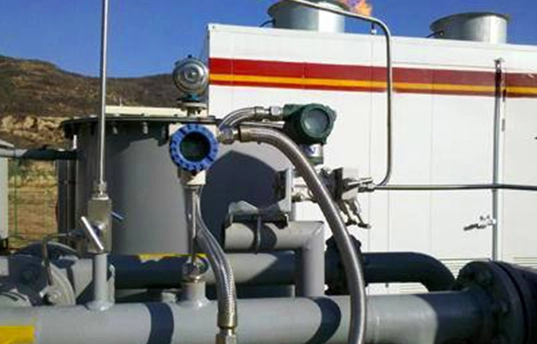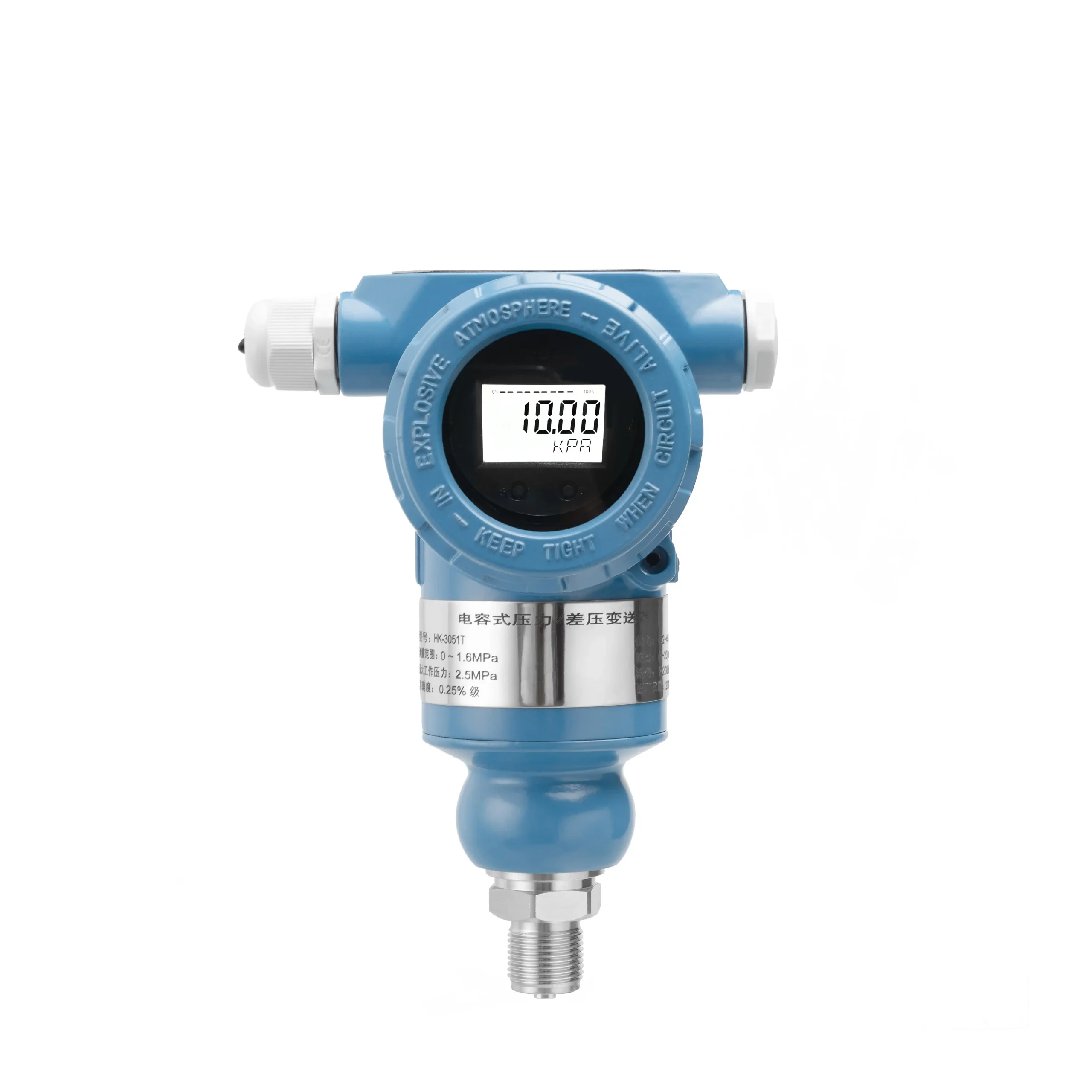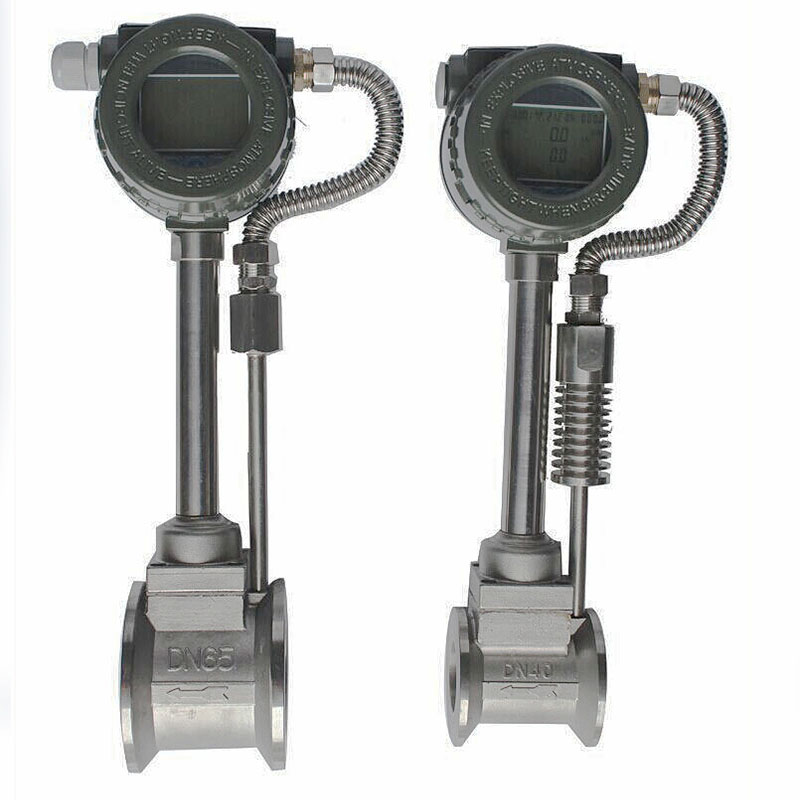Industrial communication protocols are used to manage how devices and applications exchange data and information. They are the cornerstone of device-to-device communication in modern industrial progress. These protocols can facilitate seamless data exchange between various devices. For example, Sino-Inst’s pressure transmitters, flow meters, level meters, and other measuring devices can all become a measurement system through communication protocols. This system promotes comprehensive data management of industrial production processes, improving industrial efficiency. Industrial automation protocols aim to connect manufacturing systems, thereby achieving visibility into production performance and process parameters.
In a manufacturing environment, industrial communication protocols determine which devices can be integrated with which applications. These integrations and use cases enable manufacturers to improve visibility, make data-driven decisions, and automate processes. Manufacturers can use various protocols to automatically acquire data.
This article will introduce common communication protocols used in industrial measurement processes. We hope it will be helpful.
What are Industrial Communication Protocols?
Industrial communication protocols are the rules and conventions used in the field of industrial control to regulate data exchange between devices. They ensure reliable and efficient communication between different systems and devices. These protocols solve the interoperability problem of multi-vendor equipment in industrial scenarios by standardizing data formats, transmission methods, and communication processes. Industrial communication protocols are the fundamental technical support for realizing collaborative work in automated systems.

Why are there different Industrial Communication Protocols?
Different scenarios are suitable for different protocols. Different industrial communication protocols are determined by actual market demands. Communication protocols are related to the standards competition. Initially, large companies usually set standards. Over time, various standards have emerged. Generally, when building an automated system, the products selected to meet different functions may require different communication protocols.
Therefore, constructing automated measurement and control systems often involves the challenge of handling data acquisition from different devices. Modern measurement and control software is gradually evolving towards configuration-based solutions. This allows for easy connection of different devices, thus solving the problem of collaborative communication among multiple devices within a system.
What are the different industrial communication protocols?
Here are some specific communication protocols:
- Modbus communication protocol
- RS-232 communication protocol
- RS-485 communication protocol
- HART communication protocol
- MPI Communication
- Serial Communication
- PROFIBUS Communication
- Industrial Ethernet
- ASI Communication
- PPI Communication
- Remote Wireless Communication
- TCP
- UDP
- S7
- PROFIBUS
- Pofinet
- MPI
- PPI
- PROFIBUS-DP
- DeviceNet
- Ethernet
Comparison of Common Communication Protocols:
| Protocol Names | Technical Features | Typical Application Scenarios |
| Modbus | Open standard, supports master-slave architecture, compatible with RS-485/Ethernet; moderate real-time performance but low cost | PLC, Sensor, and Legacy Equipment Integration |
| Profinet | Real-time Ethernet (RT/IRT), supports redundancy mechanisms; integrated diagnostic functions | Automated Production Lines, Robot Control |
| EtherCAT | Uses “overlay frame” technology, latency <1μs; supports flexible topology expansion | Motion Control, High-Precision Synchronization Scenarios |
| EtherNet/IP | Based on CIP protocol, compatible with standard TCP/IP; supports non-deterministic communication | Cross-Plant Equipment Interconnection, Process Control |
| HART | Mixed analog and digital signal transmission, compatible with 4-20mA traditional instruments | Process Control (Chemical, Petroleum) |
| OPC UA | Cross-platform, supports semantic data models; built-in security mechanisms (encryption/authentication) | Cloud-Edge-Device Data Integration, IT/OT Convergence |
| CAN bus | Multi-master architecture, strong error detection capability; maximum speed 1Mbps | Automotive Electronics, Distributed Control Systems |
What is the Most Commonly Used Industrial Protocol?
In industrial measurement processes, the most commonly used industrial protocols are as follows:
Modbus Communication Protocol:
Originally developed by Modicon, which became part of Schneider Automation in late 1979. Modbus is now the most popular protocol in the global industrial field. This protocol supports traditional RS-232, RS-422, RS-485, and Ethernet devices.
Because the Modbus protocol is completely open and transparent, the required software and hardware are very simple. It has become a universal industrial standard. Many industrial devices, including PLCs, DCS, and smart meters, use the Modbus protocol as their communication standard. With it, control devices from different manufacturers can be connected into an industrial network for centralized monitoring.
RS-232 Communication Protocol
RS-232 is a serial physical interface standard developed by the Electronic Industries Association (EIA) of the United States. RS is an abbreviation for “Recommended Standard.” 232 is the identifier. RS-232 interfaces typically appear with 9 pins (DB-9) or 25 pins (DB-25). Personal computers usually have two RS-232 interfaces, referred to as COM1 and COM2, respectively.
The RS-232 standard specifies data transmission rates of 50, 75, 100, 150, 300, 600, 1200, 2400, 4800, 9600, and 19200 baud rates.
Disadvantages of RS-232:
(1) The signal level of the interface is relatively high, which can easily damage the interface circuit chip. Furthermore, because it is incompatible with TTL levels, a level conversion circuit is required to connect to TTL circuits.
(2) Low transmission rate; in asynchronous transmission, the baud rate is ≤20Kbps.
(3) The interface uses one signal line and one signal return line to form a common-ground transmission. This type of common-ground transmission is prone to common-mode interference, so its noise immunity is weak.
(4) Limited transmission distance. The maximum standard transmission distance is 50 feet (actual ≤15 meters).
RS-485 Communication Protocol
The RS-485 standard was developed based on RS-232. It added multi-point, bidirectional communication capabilities. It allows multiple transmitters to connect to the same bus. It also increased the transmitter’s drive capability and collision protection features. It expanded the bus common-mode range and was later named the TIA/EIA-485-A standard. The maximum data transmission rate of RS-485 is 10Mbps.
HART Protocol
HART is an open communication protocol for addressable remote sensor high-speed channels. It is a communication protocol for communication between field smart instruments and control room equipment, introduced by Rosemount in 1985. HART provides communication with relatively low bandwidth and moderate response time. After years of development, HART has become the global industry standard for smart instruments.
The HART protocol uses FSK (Frequency Shift Keying) signals based on the Bell 202 standard. It uses a 0.5mA audio digital signal superimposed on a low-frequency 4-20mA analog signal for bidirectional digital communication. The data transmission rate is 1.2Mbps. Because the average value of the FSK signal is 0, it does not affect the magnitude of the analog signal transmitted to the control system. It ensures compatibility with existing analog systems. In the HART protocol communication, the main variables and control information are transmitted via the 4-20mA signal. Additional measurement, process parameters, equipment configuration, calibration, and diagnostic information can be accessed via the HART protocol when needed.
HART communication is typically applied in three ways:
- The most common is communication with field smart instruments using a handheld communication terminal (HHT).
- Control room instruments with HART communication capabilities can communicate and configure with multiple HART instruments.
- The third method is communication with a PC or DCS operator station.
Advantages of the HART protocol:
- Analog signals carry process control information, while digital signals allow for bidirectional communication;
- Hybrid systems (intelligent field instruments + analog instruments, recorders, and controllers);
- Supports multi-master digital communication, saving wiring and reducing installation costs;
- Connects instruments via leased telephone lines. It enables remote field instruments to use relatively inexpensive interface equipment.
- Allows “question-response” and “group mode” communication methods;
- Flexible and standardized message structure.
- They can carry up to four process variables in a single communication.
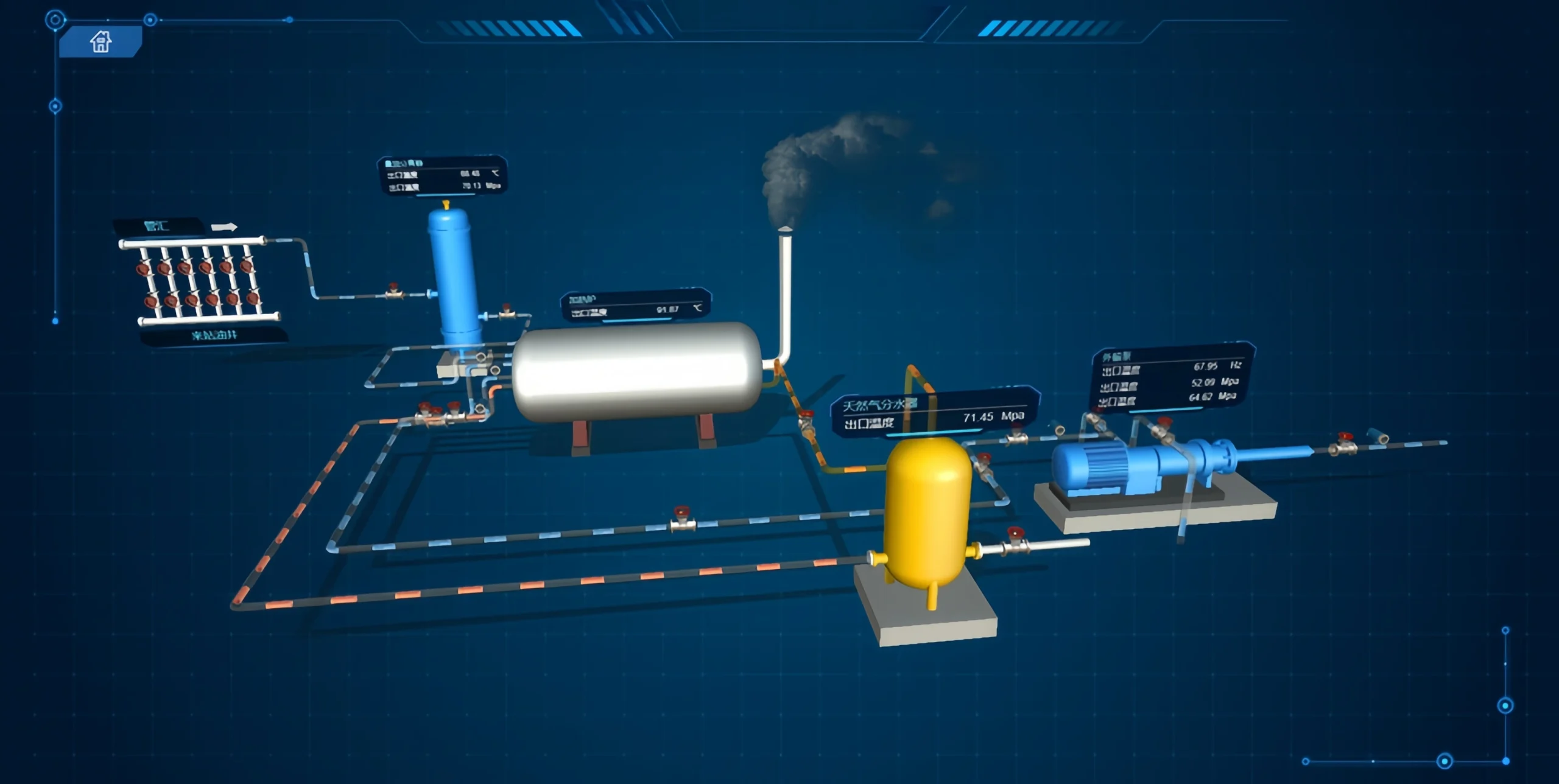
Sino-Inst Featured Data Management Products
Industrial Communication Protocols Improve Industrial Process Monitoring and Control
Sino-Inst is a Chinese supplier of pressure transmitters, flow meters, and other measuring instruments. Our products support multiple communication protocols. Below are some common communication protocol applications for measuring instruments in industrial measurement processes.
Flow Meter RS-485:
RS-485 is a type of industrial data bus. It serves as a low-level data communication network in the automation field. Flow meters with RS-485 serial communication allow host systems to easily write communication programs. It replaces traditional analog signals and ordinary switching signals with digital communication, efficiently and conveniently connecting intelligent field devices and automation systems. It tightly links flow measurement and intelligent manufacturing.
Read More about:
Flow Meter Calibration – A Comprehensive Guide
RS-485 Pressure Transmitter:
For digital signal output, RS-485 is a commonly used communication protocol with advantages such as high transmission speed and high data reliability. Through the RS-485 protocol, multiple pressure transmitters can be connected into a network to achieve multi-point data acquisition and centralized management.
In addition, MODBUS is a commonly used serial communication protocol. It is widely used in industrial automation control systems. When selecting digital signal output, the compatibility of the control system’s communication interface and communication protocol must be considered. And the accuracy and reliability of the transmitted data must be ensured.
A HART pressure transmitter is a device that modulates or amplifies the electrical signal received by a pressure sensor and converts it into a standard electrical signal. The output signal is typically a voltage range of 1-5V or a current range of 4-20mA. With a built-in HART module, a special HART handheld device, or a smart instrument with HART functionality can communicate with the pressure transmitter to perform parameter settings, read diagnostic information, and other operations.
Read More about:
7 Types of Pressure Sensors: Different Types, Working Principles, and Definitions
High Temperature Pressure Transmitter Applications in 1200 °C
HART Flow Meter Case:
A wastewater treatment plant needs to monitor the real-time flow and cumulative flow of the discharge outlet flow meter in real time. Since the discharge outlet flow meter is about 1 km away from the PLC for data acquisition, a 4-20mA signal is used. The real-time flow still fluctuates due to interference. Traditionally, the cumulative flow is measured using the flow meter contact signal. Each pulse counts 1 m³ of water.
However, over time, the PLC’s cumulative flow calculation has a large error. It requires monthly calibration, which is time-consuming and labor-intensive. Based on the above two points, if you want to read instrument data in real time via communication, RS-485 communication will be unstable due to long distances. So, the HART protocol is the preferred choice.
Sino-Inst also offers paperless recorders, flow totalizers, steam flow totalizers, and quantitative control systems etc. These products offer different communication protocols to facilitate your data management.

What is the difference between Modbus and CIP?
Modbus is one of the most widely used open communication protocols in industrial automation. It is mainly used to connect various industrial equipment to achieve data exchange. Regardless of the manufacturer, as long as the equipment supports Modbus, it can exchange data. It is a completely open and free communication protocol. So it is almost ubiquitous in factories.
The Common Industrial Protocol (CIP) is a communication protocol used in industrial automation. It is maintained by the Open DeviceNet Vendors Association (ODVA). This protocol defines device behavior and data access methods through object modeling. It supports physical media such as DeviceNet, ControlNet, and EtherNet/IP, and provides both explicit message and implicit I/O data exchange mechanisms.
Under certain conditions, Modbus and CIP communication protocols can be mutually converted.
Is RS-485 called Modbus?
RS-485 is a physical layer communication standard used for data transmission in serial communication. It defines electrical characteristics, signal transmission methods, and connection methods. RS-485 communication can support multiple devices communicating through the same bus. One device acts as the master device, sending commands, and the other devices act as slave devices, receiving commands.
Modbus is a communication protocol used for communication on an RS-485 bus. It defines a commonly used communication format and rules for data exchange between master and slave devices. The Modbus protocol supports different transmission methods. It includes serial communication (such as RS-485) and Ethernet communication.
When communicating using the Modbus protocol on an RS-485 bus, the master device transmits data through the RS-485 physical layer. The Modbus protocol defines the format, commands, and responses for data. A master device can send Modbus-formatted commands to a slave device, which receives and executes the commands, returning the results to the master.
Therefore, RS-485 provides physical layer communication capabilities. Modbus defines the communication protocol and specifications. RS-485 is commonly used as the physical layer for Modbus communication, but it can also be used for other communication protocols.
In short, industrial communication protocols can improve the efficiency of industrial processes. If you are still struggling with data management, please contact us. We are experts in industrial process management. We have many successful data management projects worldwide. Our products come with a one-year warranty. Choosing us will give you a successful shopping experience. Get your free and efficient data management solution now!
